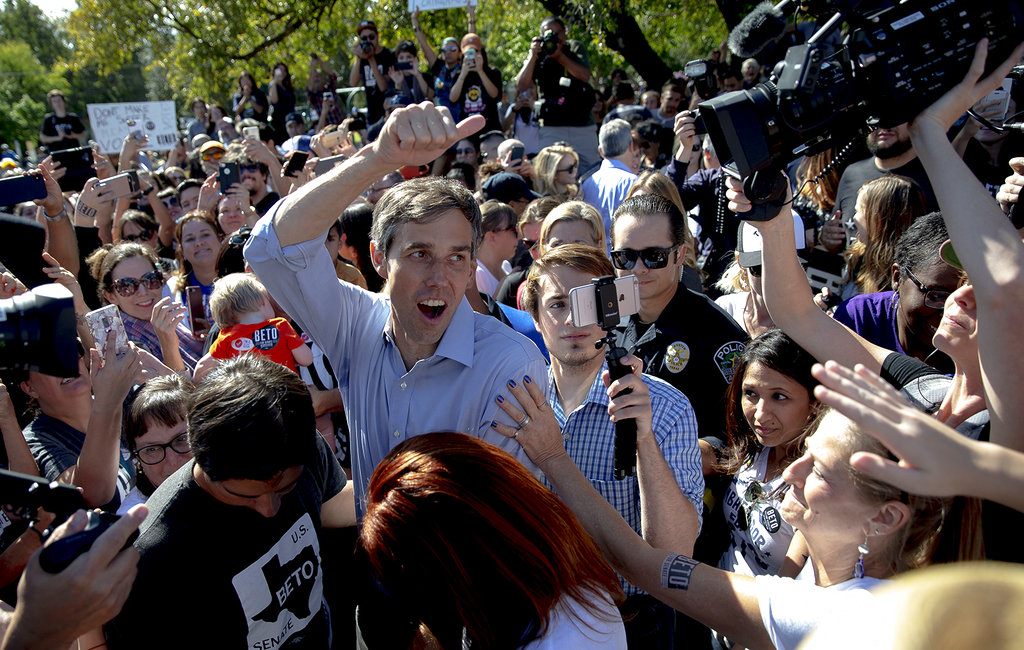Democrats appear poised to win the House popular vote on Tuesday by a wide margin, with national polls showing sustained disapproval of President Trump — and yet the fate of the chamber is not a foregone conclusion.
On the day before the mid-term elections, two vastly different outcomes remain easy to imagine. There could be a Democratic blowout that decisively ends Republicans’ control of the House and even endangers their Senate majority. Or there could be a district-by-district battle for House control that lasts late on election night and perhaps for weeks after.
The first would be interpreted as a repudiation of Donald J. Trump, the second as another example of his political resilience. But the difference turns on just a few percentage points across dozens of House districts that remain exceptionally close, according to the New York Times Upshot/Siena College surveys conducted over the last few weeks.
After more than 10,000 interviews, the result, in the aggregate, is that Democrats and Republicans are essentially tied in the 30 districts rated as tossups by the Cook Political Report, with Democrats leading by around half a percentage point.
Democrats need to win only a handful of these tossup districts — perhaps as few as six — to gain the net 23 seats needed to take control, which is why they’re considered favourites.
But Democrats haven’t put them away.
Instead, those races remain startlingly close. Each of the final 28 poll results in the tossup districts was within the margin of error, and 20 of the 28 were within two percentage points, a margin that pales in comparison with the typical measurement error in a poll.
With so many close contests, even modest late shifts among undecided voters or a slightly unexpected turnout could yield significantly different results, with very different consequences for government and the future of Trump presidency.
Over all, the polls comport with the growing consensus among operatives from both parties that Democrats are poised to gain around 35 seats in the House. If the Times/Siena polls were exactly right (they will not be), Democrats would gain 32 seats, assuming the two parties held the seats that were not polled.
All of the conditions remain in place for a so-called wave election, like those that last flipped control of the House in 1994, 2006 and 2010. Democrats hold a commanding lead on the generic congressional ballot (which asks voters whether they intend to vote for Democrats or Republicans for Congress), including an eight-point lead in an ABC/Washington Post poll in Sunday.
But the Republicans have considerable structural advantages in the House that the President’s party didn’t have to the same extent in previous wave elections. They are generally defending districts that voted for the President, a result of partisan gerrymandering and the tendency for Democrats to post lopsided and inefficient victories in urban areas.
The Republican geographic advantage is even more significant in the Senate, where Republicans are all but assured to retain control if they win just three of seven competitive seats where Trump won by at least nine points in 2016.
The Democrats are poised to defy those structural disadvantages in the House because they’ve put so many Republican-leaning districts into play with a deep and exceptionally well-funded class of candidates.
But Republicans can hope that partisan polarisation is just enough to keep even strong Democrats from going over the top. The President has emphasised immigration and other hot-button issues down the final stretch, perhaps in an intentional effort to divide the electorate along the lines of the 2016 election.












